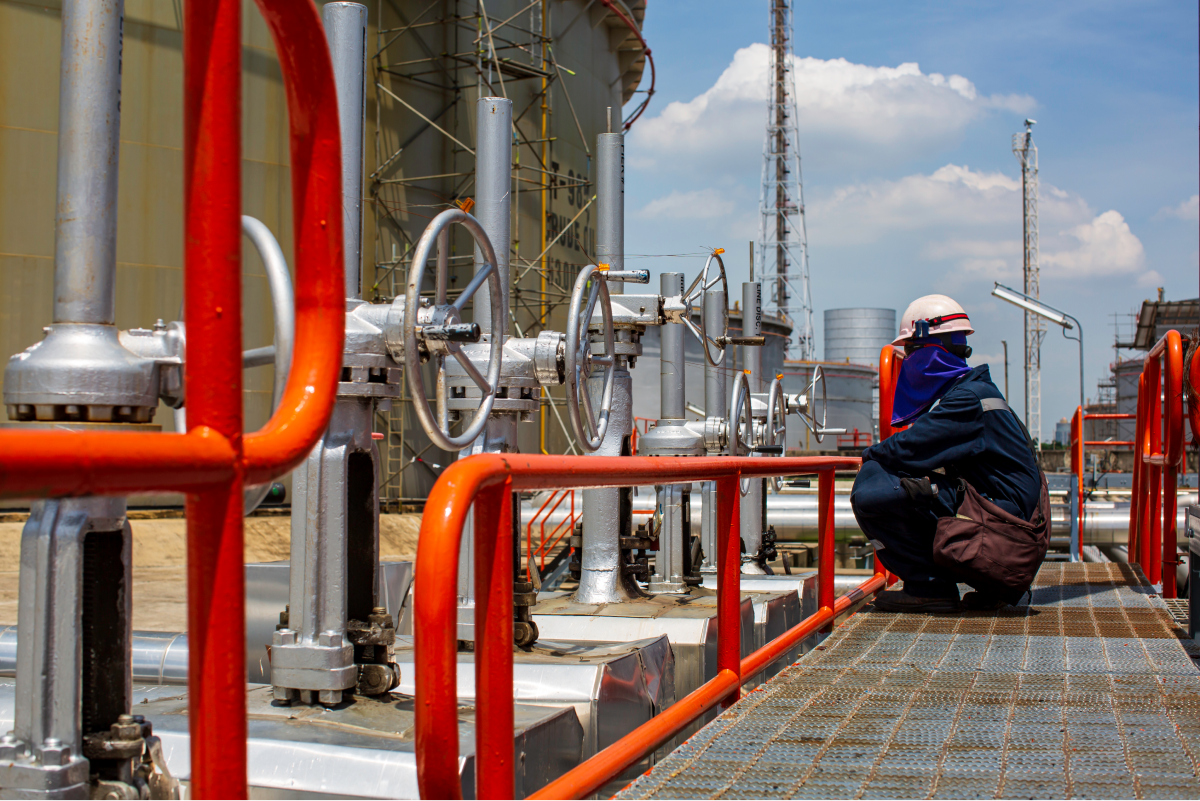The pace of innovation in oil & gas has stepped up again in 2025. From all-electric subsea systems to satellite-grade methane detection and fibre-optic leak sensing, the biggest gains are arriving where safety, uptime, and emissions intersect. Below is a quick, practical tour of what’s new—and what it means for projects and operations.
1) CCS moves from pilots to real operations
Why it matters: Carbon capture and storage is now operational at scale in Europe, signalling a new class of decarbonisation projects tied to heavy industry and midstream logistics.
-
In August 2025, Norway’s Northern Lights project began injecting CO₂ into a saline reservoir ~2,600 m beneath the North Sea, taking its first volumes from Heidelberg Materials’ Brevik cement plant. It’s the world’s first open-access, third-party CO₂ transport and storage service, with Phase 1 capacity at 1.5 Mtpa and expansion planned. (Equinor, Reuters, The Washington Post)
What to do: If you operate in cement, refining, or gas processing—or you’re planning new terminals—add CO₂ tie-ins, metering, and ship-loading/offloading to your front-end studies and permitting packs.
2) Methane tracking: more satellites, better data (with one big setback)
Why it matters: Methane reductions deliver fast climate impact and regulatory relief. Monitoring just got sharper—and more frequent.
-
GHGSat expanded its constellation in June 2025 and now feeds data into the IEA’s 2025 Global Methane Tracker, improving detection of oil & gas plumes. (ghgsat.com)
-
MethaneSAT, launched in 2024 to provide wide-area, high-precision mapping, was lost in June 2025; the programme is preserving and using collected datasets while alternatives continue. (Reuters, MBIE)
What to do: Pair satellite alerts with on-site LDAR (OGI, ultrasound, drones) and a rapid-repair playbook. Where feasible, add VRUs and upgrade high-bleed pneumatics. (ogci.com)
3) All-electric subsea production systems (SPS) arrive
Why it matters: Removing hydraulics reduces topside complexity, potential leak points, and OPEX—unlocking longer tie-backs and lower footprints.
-
Equinor’s Fram Sør will deploy the first large-scale all-electric subsea system, awarded in August 2025 to SLB OneSubsea (JV with Aker Solutions/Subsea7). Benefits include reduced topside demand and simplified operations. (SLB, Upstream Online, Oil & Gas Journal)
What to do: For new subsea scopes, ask vendors for all-electric options and quantify savings in power, chemicals, maintenance, and leak risk.
4) Fibre-optic leak detection (DAS/DTS) gets sharper—with ML
Why it matters: Continuous, wide-area monitoring of pipelines and facilities is getting more sensitive and more robust to noise.
-
2025 studies show improved performance of Distributed Acoustic Sensing (DAS) for gas pipeline leaks across multiple cable types and leak sizes under controlled conditions. (MDPI)
-
New hybrid algorithms (e.g., VMD + Gradient Boosting) are improving offshore leak classification from noisy signals. (ScienceDirect)
What to do: Fold fibre-optic lines (DAS/DTS) into ROW design for long pipelines and high-consequence areas; integrate alarms with CMMS and shutdown logic.
5) Robots, drones, and autonomous subsea: inspection without exposure
Why it matters: Robots reduce confined-space entry, improve repeatability, and keep people out of harm’s way.
-
Operators are scaling legged robots (e.g., Boston Dynamics’ Spot) for routine inspections and data capture; majors report productivity and safety gains. (chevron.com, Boston Dynamics)
-
Autonomous subsea robotics players report progress towards replacing portions of traditional ROV work with supervised autonomy. (Nauticus Robotics, Inc.)
What to do: Standardise robot routes for thermal, acoustic, and gas imaging; build threshold-based workflows (raise work orders, tag NCRs) from robotic data streams.
6) Digital twins + immersive training move into daily ops
Why it matters: Twins tied to live data improve planning, permit control, and competency—especially for TARs and start-ups.
-
2025 sector coverage highlights digital twins replicating refinery/field operations, with VR used for safe, high-fidelity training. (Offshore Technology Focus)
What to do: Start with brownfield twins for critical units (compression, separation, metering) and link to procedures, alarms, and permits; measure impact on unplanned downtime and training hours.
What this means for operators in 2025–2026
-
Bake in decarbonisation: Add CCS readiness and methane controls to FEEDs and modification packs. (Equinor, Reuters)
-
Modernise subsea: Evaluate all-electric SPS for new tie-backs and life-extension projects. (SLB)
-
Instrument the pipeline: Combine satellite alerts + DAS + drones for tiered leak detection and faster repairs. (ghgsat.com, MDPI)
-
Automate inspection: Deploy robots where inspections are repetitive or hazardous; standardise routes and data models. (chevron.com)
-
Operational twins: Use twins for TAR rehearsals, start-up checklists, and shift-handovers; track downtime reductions. (Offshore Technology Focus)
How Geigerpipe helps
-
CCS interfaces: CO₂ metering/skids, ship-offloading tie-ins, and pipeline connections, delivered under ISO-aligned QHSE.
-
Methane abatement: LDAR programmes, VRU options, pneumatics upgrades, and repair playbooks.
-
Subsea & tie-backs: Engineering and construction support for all-electric SPS and brownfield upgrades.
-
Pipeline integrity: DAS design integration, test plans, commissioning, and alarm integration to CMMS.
-
Autonomous inspection: Robotics routes, data pipelines, and CMMS-linked workflows.
-
Digital twins & training: Brownfield twin builds, procedure mapping, and VR/AR training modules.
